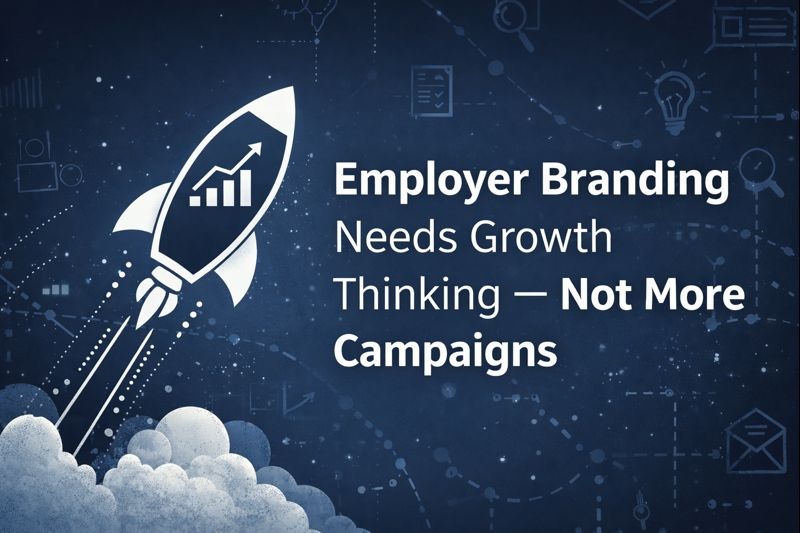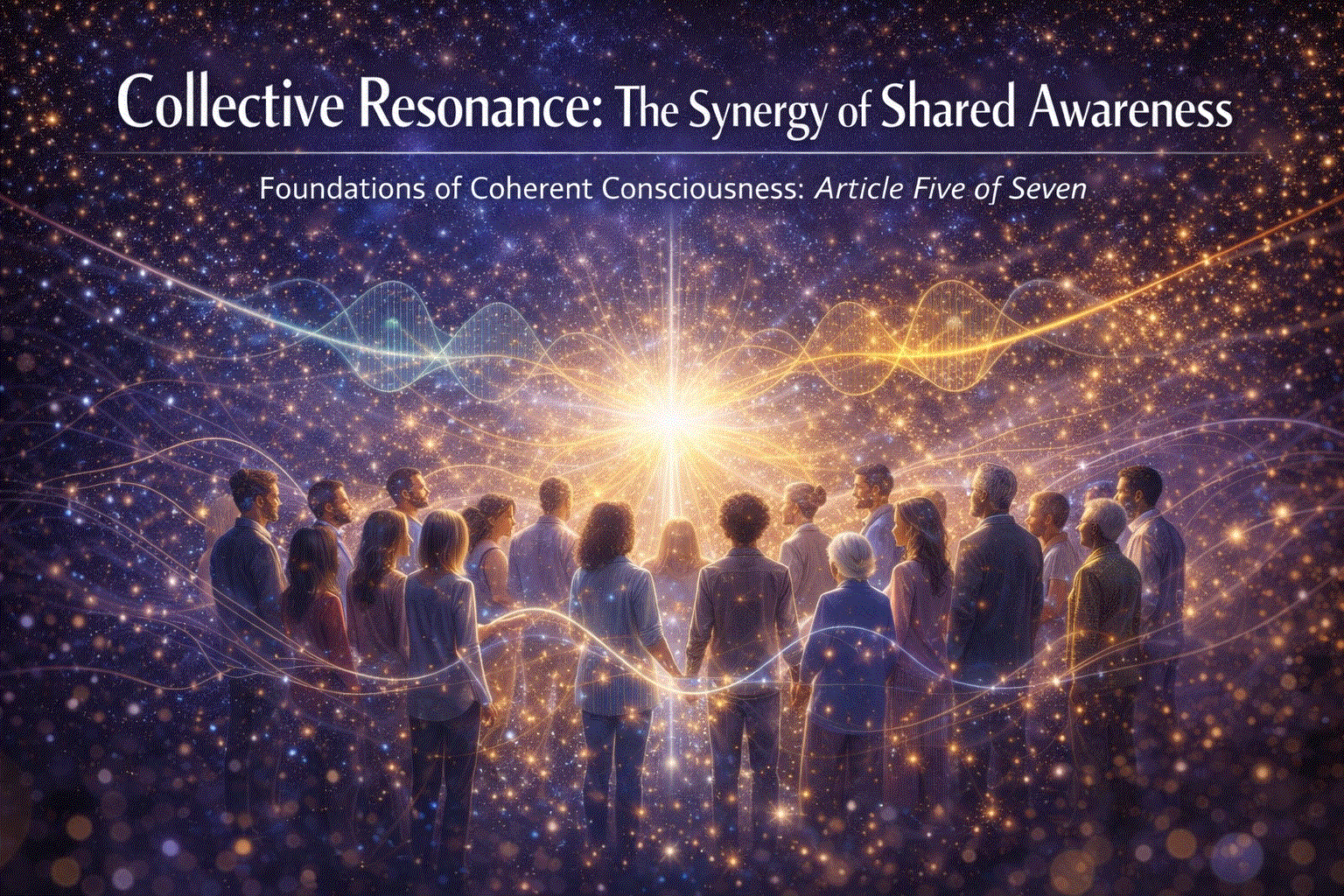Nov08

Engagement and productivity are uttered almost daily in the business community. Most people understand they are related, but mistakenly think that the road between engagement and productivity is linear. In fact, they are part of a complex, interconnected web.
Leaders and organisations that care about performance of their companies need to care about engagement and employee experience (EX). They cannot focus single-mindedly on productivity without addressing the underlying factors. Leaders need to zoom out and look at the bigger picture that connects engagement to productivity to business success.
When the term “engagement” is used in the marriage context, it’s understood as a mutual promise and expression of intent. However, when it’s used in a work context, we often only consider one side—an employee is either engaged or not. But employee engagement is also two-sided. Employers have a responsibility to understand and focus on employee engagement.
It begins by understanding what employee engagement looks like. The starting point for any company is enjoyment—employees need to like their work and enjoy what they do on a day-to-day basis. From there, it kicks off a virtuous cycle of employee engagement:
All of these factors work together to increase employee engagement by tapping into natural intrinsic motivators. When someone loves their work, they will naturally start diving deeper to learn more and develop that sense of value, care, and pride over their work.
Employee engagement is a multi-faceted experience, as we’ve just seen. But, as it continues to run its own virtuous cycle, it begins to connect with productivity, customer experience, and business success.
An engaged employee has deep knowledge and understanding about their role, responsibilities, and the company’s products and services. Knowledge naturally increases quality of work, efficiency, and productivity, as they are able to work more effectively.
Another intersection is by creating excellent customer experience (CX). An engaged employee values and cares about their work, which will help them create a good CX because they are authentically seeking to help and serve customers. Excellent CX will lead to loyal customers and business success, but it will also develop a sense of pride for the employee, that they are part of a company that cares for customers well.
Increased productivity and strong CX will both lead to business successes. An effective leader will recognise all of these intersections and understand the value of continuously re-investing back into employees. Creating a good EX is not a one-time thing, but requires continual work and prioritisation.
It might seem confusing to untangle the web of connections between employee engagement, customer experience, productivity, and business success. However, the fact that they are connected is actually a message of hope: if you prioritise these things in your company, you will set off a chain reaction of positive changes in the company.
Keywords: Culture, Customer Experience, Future of Work
 Concrete’s Carbon Problem and the Race to Fix It
Concrete’s Carbon Problem and the Race to Fix It Employer Branding Needs Growth Hacking — Not More Campaigns
Employer Branding Needs Growth Hacking — Not More Campaigns The Wireless Renaissance: From Tesla’s Dream to Agentic Autonomy
The Wireless Renaissance: From Tesla’s Dream to Agentic Autonomy Collective Resonance: How Consciousness Scales Beyond the Individual
Collective Resonance: How Consciousness Scales Beyond the Individual Autonomous Wingmen: Scaling Sustainable Aviation via NVIDIA NAT and Formation Flight
Autonomous Wingmen: Scaling Sustainable Aviation via NVIDIA NAT and Formation Flight